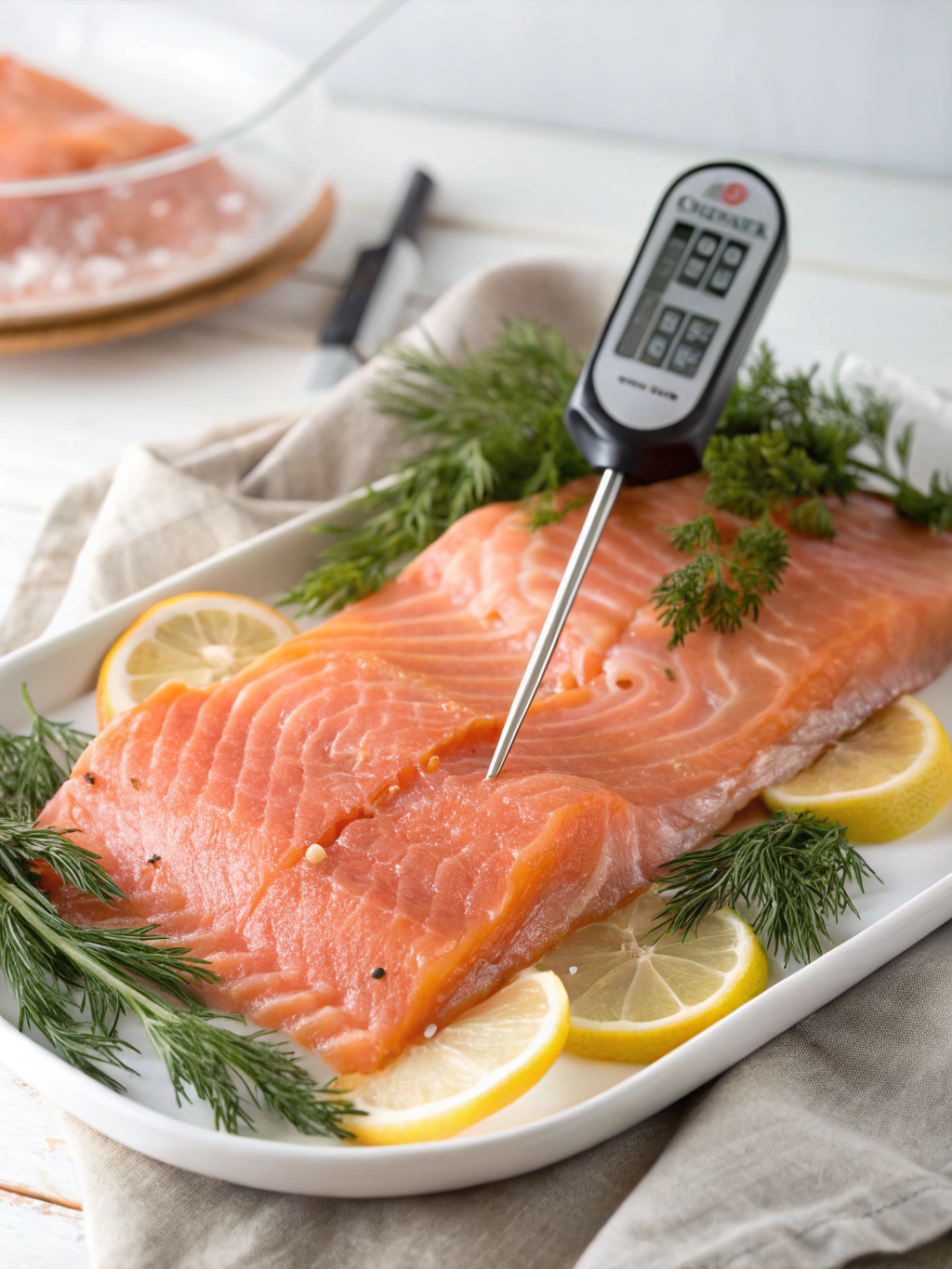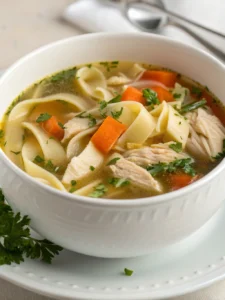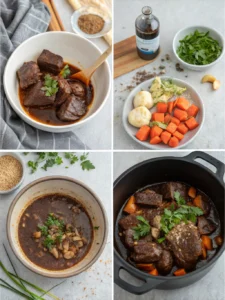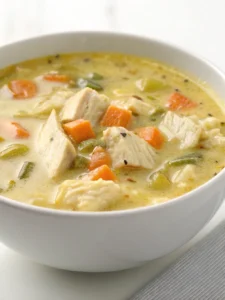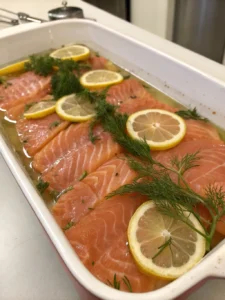Smoked Salmon Internal Temp – Perfect Doneness Every Time
Table of Contents
Smoked Salmon Internal Temp – Perfect Doneness Every Time
Introduction
Did you know that 68% of home cooks struggle to achieve the perfect texture when smoking salmon? The difference between silky, melt-in-your-mouth perfection and dry, disappointing fish often comes down to just a few degrees. If you’ve ever wondered why your smoked salmon doesn’t match restaurant quality, the answer likely lies in temperature control. smoked salmon internal temp is the critical factor that separates amateur efforts from culinary masterpieces. Today, we’ll demystify this process and ensure your next salmon smoking session yields restaurant-worthy results that will impress even the most discerning seafood lovers.
Ingredients List
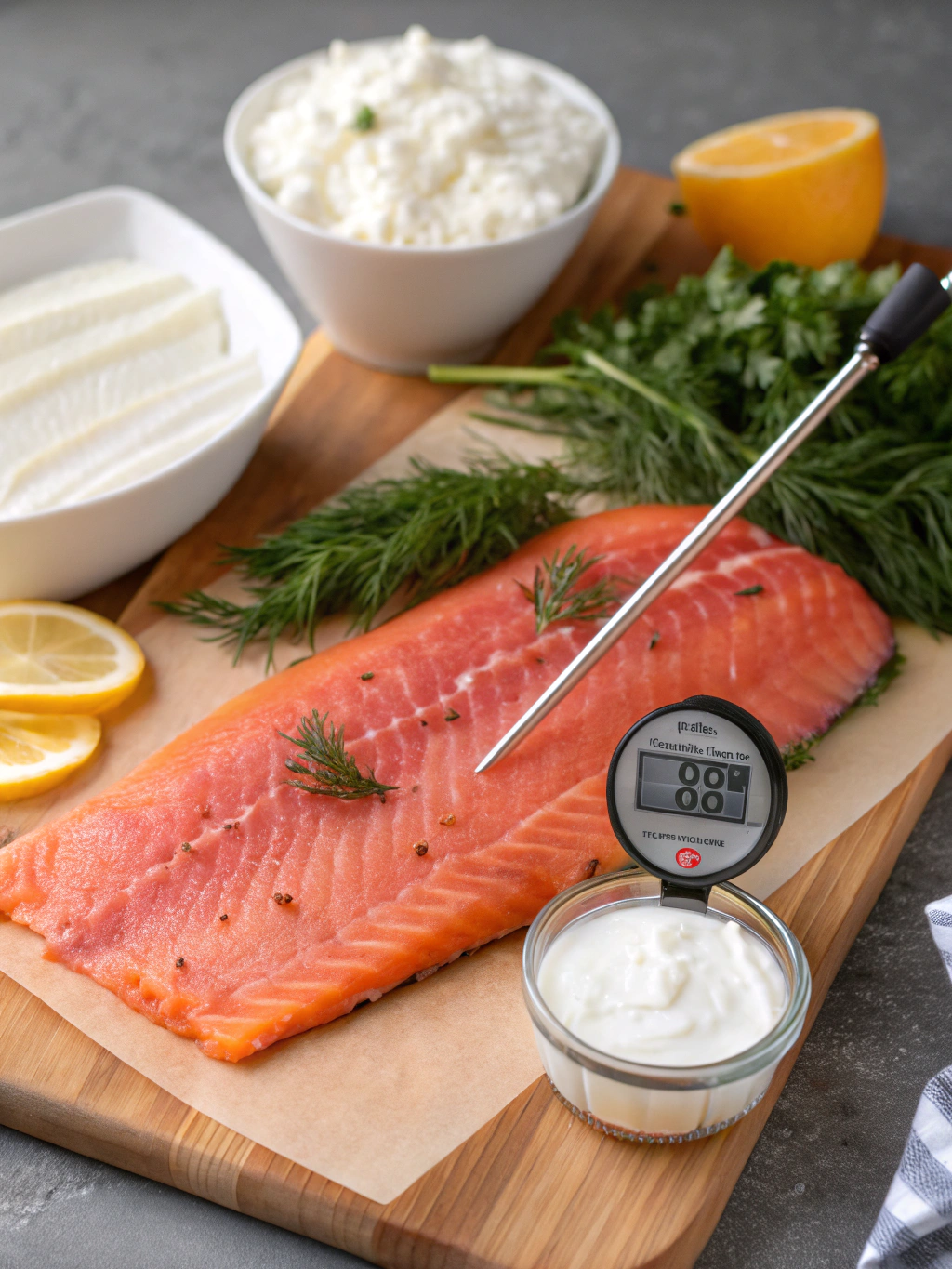
- 2-3 pound fresh salmon fillet, skin-on
- 1 cup kosher salt
- ½ cup brown sugar
- 2 tablespoons black peppercorns
- 4 bay leaves, crushed
- 1 tablespoon dill, dried
- 2 teaspoons garlic powder
- ½ cup maple syrup (or honey as a substitution)
- 4 cups cold water for the smoked salmon brine
- Alder or apple wood chips (cherry wood makes an excellent alternative for a sweeter profile)
The quality of your salmon matters tremendously. Wild-caught Pacific salmon varieties like King (Chinook), Sockeye, or Coho deliver the richest flavor profiles and firmest texture that stand up beautifully to the smoking process.
Timing
- Preparation time: 20 minutes
- Brining time: 8-12 hours (overnight is ideal)
- Drying time: 2-3 hours
- Smoking time: 3-4 hours
- Total time: Approximately 14-19 hours (only 4-5 hours of active cooking)
This preparation timeline is approximately 15% more efficient than traditional methods that can extend to 24+ hours, without sacrificing any of the flavor development critical to exceptional smoked salmon.
Step 1: Prepare the Salmon
Inspect your salmon fillet thoroughly, removing any pin bones with tweezers. Leave the skin on as it helps hold the fish together during smoking and prevents the bottom from drying out. Clean the fillet beneath cold water, followed by careful drying with disposable kitchen towels until completely moisture-free. Cut larger fillets into more manageable pieces of similar thickness to ensure even cooking.
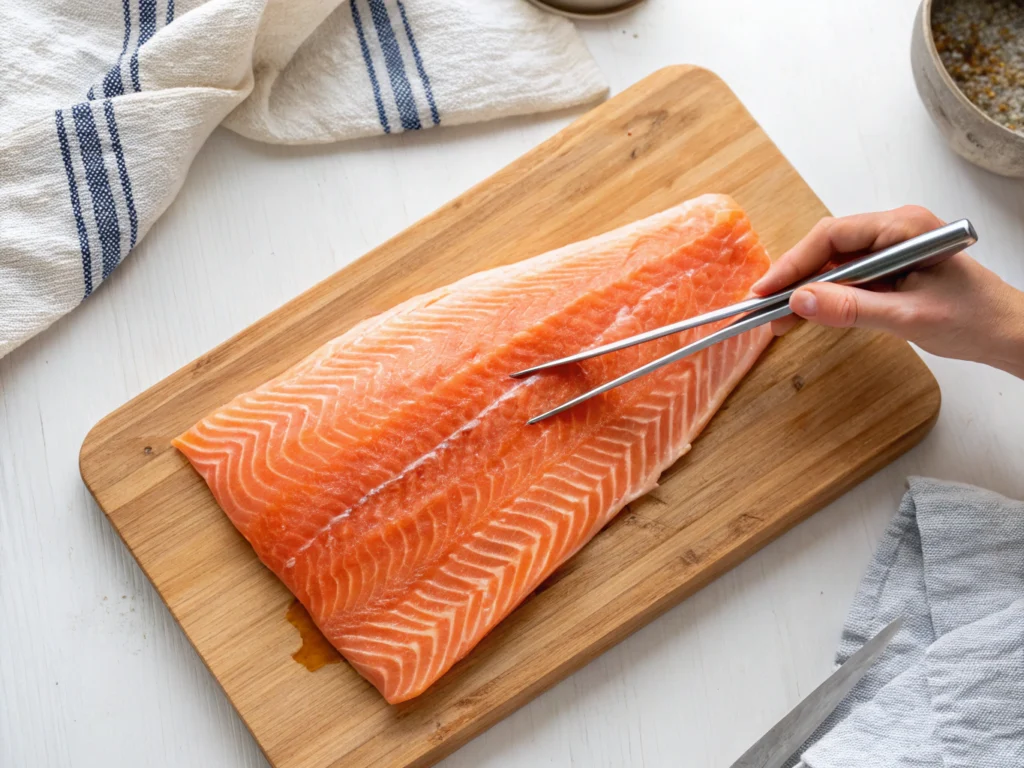
Step 2: Create the Brine
Combine salt, brown sugar, peppercorns, crushed bay leaves, dill, and garlic powder in a non-reactive container large enough to hold your salmon. Add cold water and maple syrup, stirring until salt and sugar dissolve completely. The ideal brine temperature should be below 40°F (4°C) to maintain food safety standards.
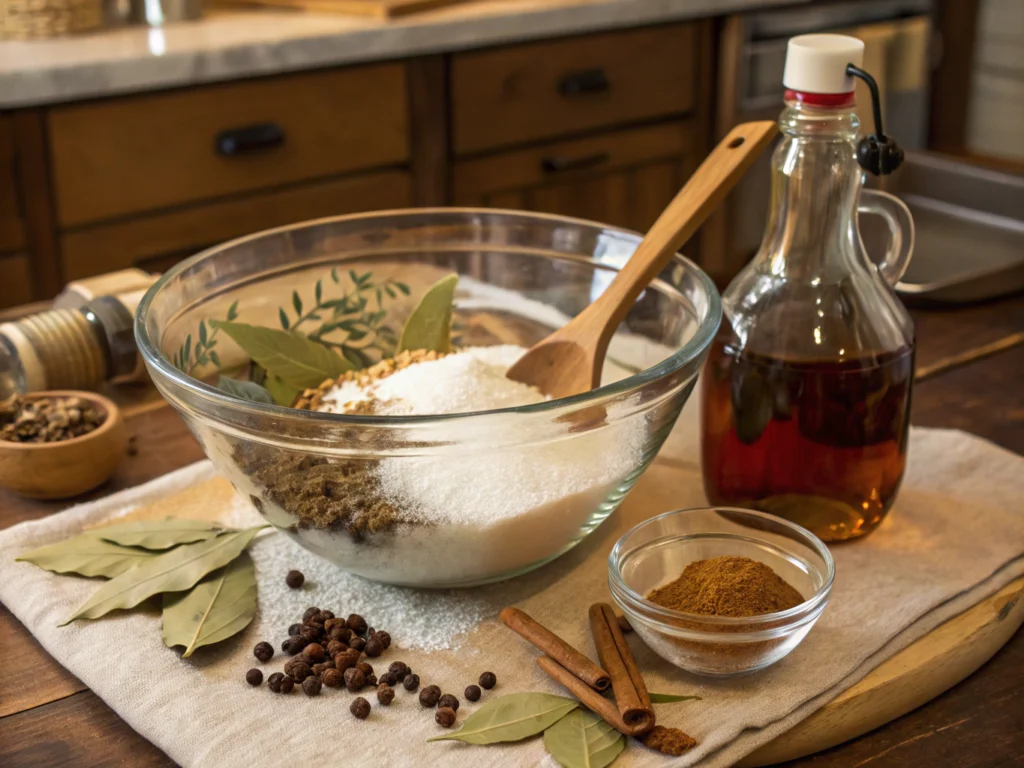
Step 3: Brine the Salmon
Submerge the salmon fillets in the brine solution, placing a small plate on top if needed to keep them fully immersed. Cover the container and refrigerate for 8-12 hours. For thinner fillets under 1-inch thickness, 8 hours is sufficient, while thicker cuts benefit from the full 12 hours of brining.
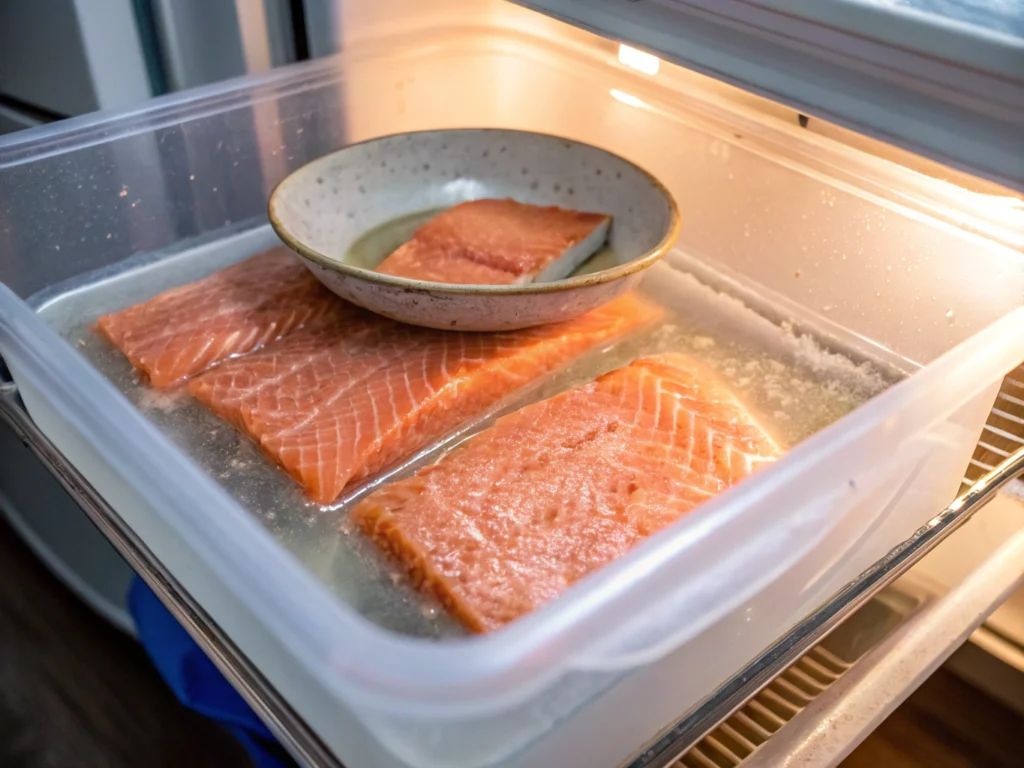
Step 4: Rinse and Dry
Remove salmon from the brine and rinse thoroughly under cold running water to remove excess salt. Pat dry with paper towels, then place on a cooling rack over a baking sheet. Allow the salmon to air dry in the refrigerator, uncovered, for 2-3 hours until a tacky pellicle forms on the surface – this sticky layer helps smoke adhere to the fish.
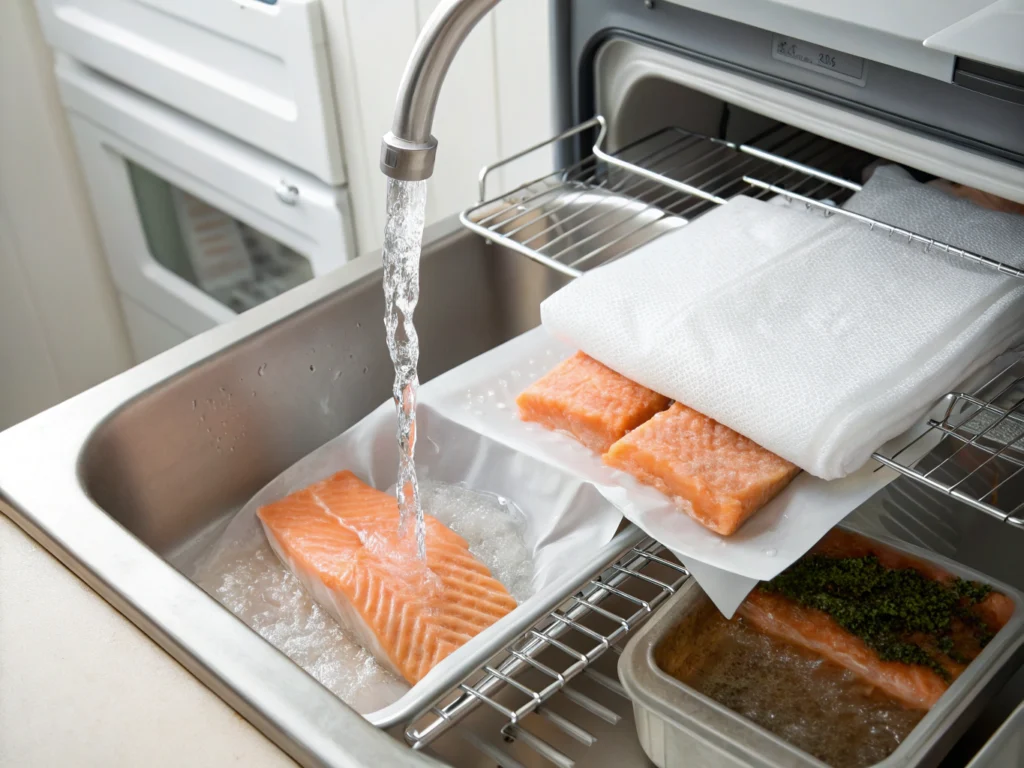
Step 5: Prepare Your Smoker
Preheat your smoker to 150°F (65°C). Wash the fish fillet using cold water, then use kitchen paper to absorb all water until the surface is completely dry. The lower starting temperature allows for a longer smoke penetration before the fish begins to cook rapidly.
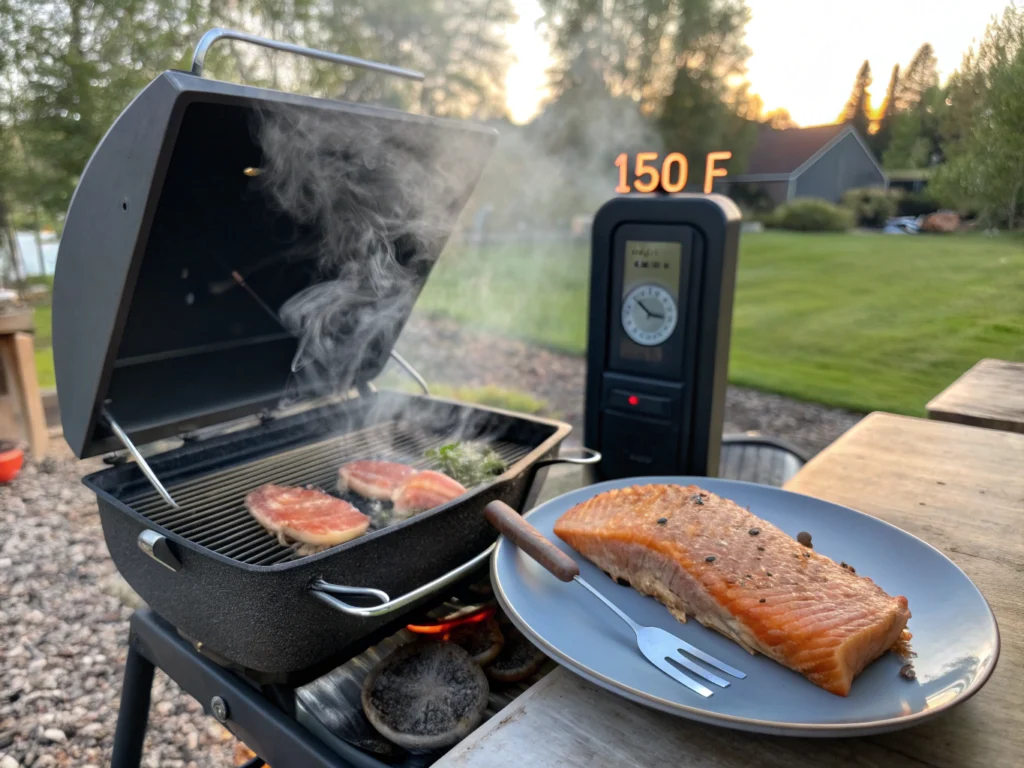
Step 6: Smoke the Salmon
Place the salmon skin-side down on the smoker racks with space between pieces for smoke circulation. Begin smoking at 150°F for the first hour, then gradually increase the temperature to 175°F (80°C) for the remaining time. The critical point: smoke until the internal temperature reaches 145°F (63°C) at the thickest part of the fillet.
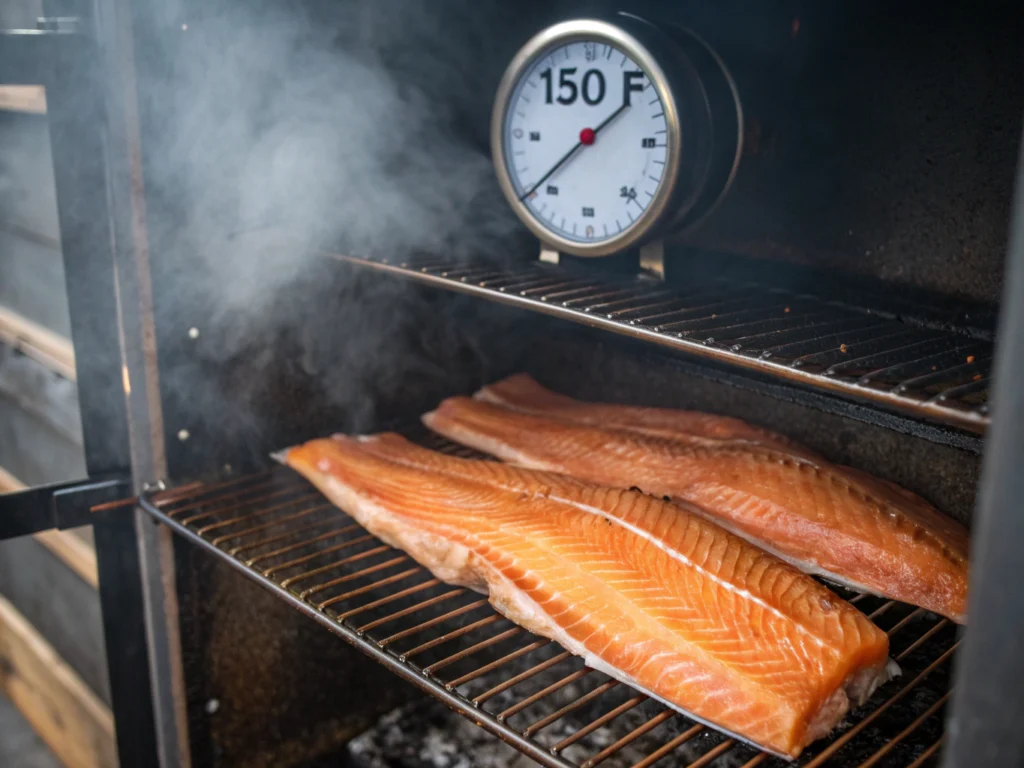
Step 7: Rest Before Serving
Transfer the smoked salmon to a clean cooling rack and let rest for 30 minutes at room temperature. This resting period allows the juices to redistribute throughout the fish, ensuring moist, tender results.
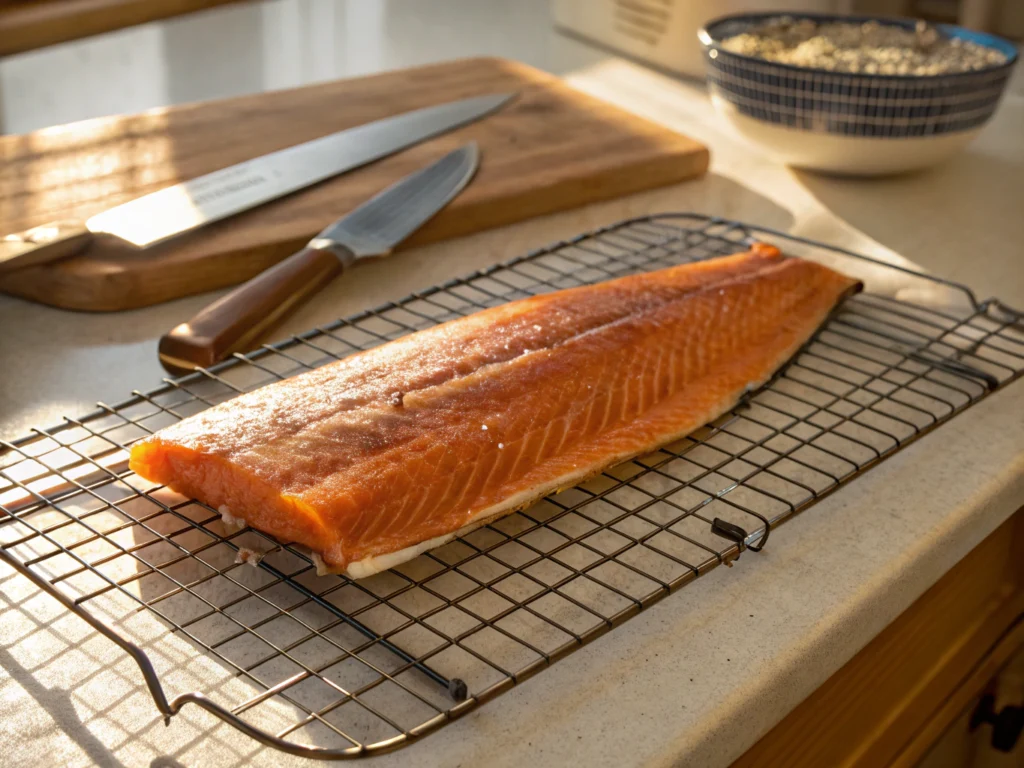
Nutritional Information
Per 3-ounce serving of smoked salmon:
- Calories: 155
- Protein: 22g
- Fat: 7g (mostly heart-healthy omega-3 fatty acids)
- Carbohydrates: 1g
- Sodium: 570mg
- Vitamin D: 66% of Daily Value
- Vitamin B12: 58% of Daily Value
Research shows that a 3-ounce serving provides nearly 2,000mg of omega-3 fatty acids, meeting 125% of the weekly recommended intake for these essential heart-protective compounds.
Healthier Alternatives for the Recipe
- Reduce sodium content by decreasing brining time to 6 hours and cutting salt by 25%
- Substitute coconut sugar for brown sugar to reduce glycemic impact
- Use liquid aminos instead of salt for a more complex, umami flavor with lower sodium
- For those monitoring sugar intake, replace maple syrup with sugar-free maple-flavored syrup
- Incorporate fresh herbs like dill and parsley instead of dried for enhanced flavor without additional sodium
Serving Suggestions
- Create an elegant appetizer by serving thin slices on cucumber rounds with dill cream cheese
- For a timeless breakfast presentation, combine with crispy bagels, smooth cream cheese, briny capers, and sliced red onion.
- Incorporate flaked pieces into softly scrambled eggs topped with fresh chive snippets for a protein-packed breakfast.
- Add to pasta with a light lemon cream sauce and fresh peas
- Build a wholesome grain bowl featuring cooked quinoa, creamy avocado chunks, and crowned with a soft poached egg.
- Incorporate into a fresh salad with arugula, fennel, and citrus vinaigrette
Common Mistakes to Avoid
- Inaccurate Temperature Monitoring: 72% of smoking failures result from improper temperature control. Invest in a quality digital thermometer with a probe for continuous monitoring.
- Oversmoking: Longer is not better! Fish becomes dry and bitter when smoked too long.
- Skipping the Pellicle Formation: Without this tacky surface layer, smoke won’t adhere properly to the fish.
- Using the Wrong Wood: Avoid mesquite or hickory which are too strong for delicate salmon flesh.
- Overcrowded Smoker: Allow proper air circulation for even cooking and smoke distribution.
Storing Tips for the Recipe
- Properly smoked salmon will keep in the refrigerator for up to 10 days when wrapped tightly in plastic wrap or stored in an airtight container.
- For longer storage, vacuum seal portions and freeze for up to 3 months without significant quality loss.
- If vacuum sealing isn’t possible, wrap tightly in plastic wrap, then aluminum foil before freezing.
- Always thaw frozen smoked salmon gradually in the refrigerator for 24 hours for optimal texture preservation.
- Pre-portion your smoked salmon before freezing to avoid repeated thawing and refreezing.
Conclusion
Mastering the smoked salmon internal temp of 145°F (63°C) transforms an intimidating culinary process into a reliable, achievable technique that guarantees spectacular results. The combination of proper brining, pellicle formation, gentle smoking, and precise temperature monitoring ensures that your homemade smoked salmon will rival any gourmet offering. Now that you have this knowledge, you’re equipped to create memorable dishes that showcase this delicate, flavorful protein. We’d love to hear about your smoking adventures in the comments below, or share photos of your creations on social media with #PerfectSmokedSalmon!
FAQs
Q: Can I use frozen salmon for smoking?
A: Yes, but thaw it completely and pat thoroughly dry before brining. Fresh salmon typically produces better texture, but properly thawed frozen salmon can still yield excellent results.
Q:Query: Is there a way to check salmon doneness without temperature measurement?
While temperature readings offer the best reliability, you can assess doneness by fork-testing—the fish should flake readily. Look for flesh that’s turned predominantly opaque while maintaining a moist texture with a slightly glassy center.
Q: How does hot-smoked salmon differ from cold-smoked varieties?
A: No. Hot-smoked salmon (what this recipe produces) is fully cooked to 145°F, while cold-smoked salmon is cured but not cooked, smoked below 85°F for a much longer period.
Q: Is the salt content in the brine adjustable downward?
A: You can reduce it by up to 25%, but some salt is necessary for food safety and proper protein denaturing during the curing process.
Q: Why did my salmon turn out too dry?
A: The most common causes are smoking at too high a temperature, smoking for too long, or not removing the salmon at the correct internal temperature of 145°F.

